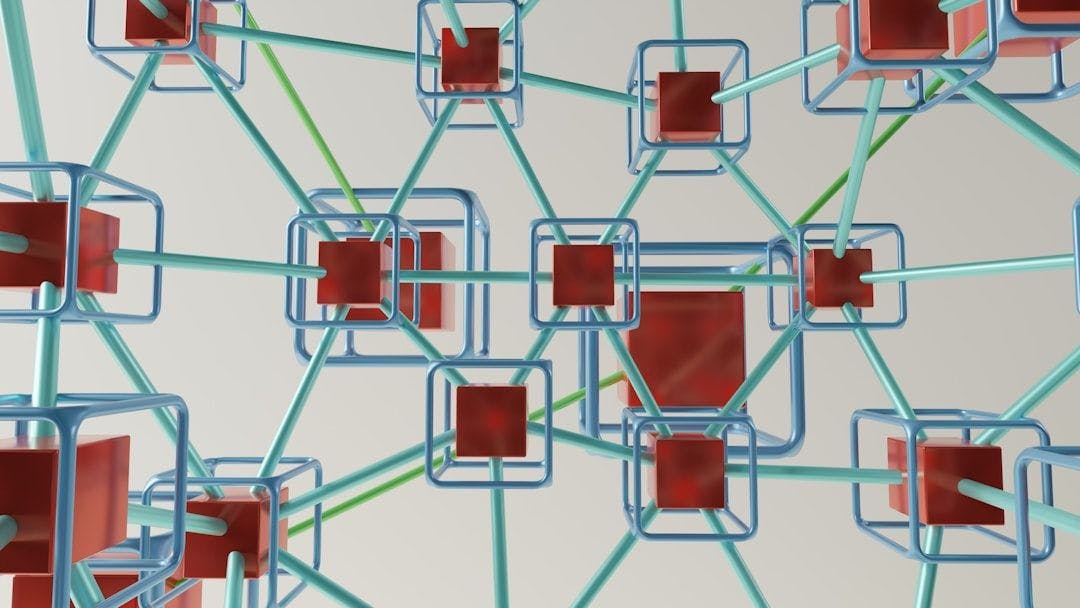168 reads
Smart Contract Templates: Foundations, Design and Research - Summary, Further Work & References
by
August 7th, 2024
Audio Presented by

Ricardian principles illuminate the market's logic, guiding informed decisions and enlightened policy.
Story's Credibility

About Author
Ricardian principles illuminate the market's logic, guiding informed decisions and enlightened policy.
